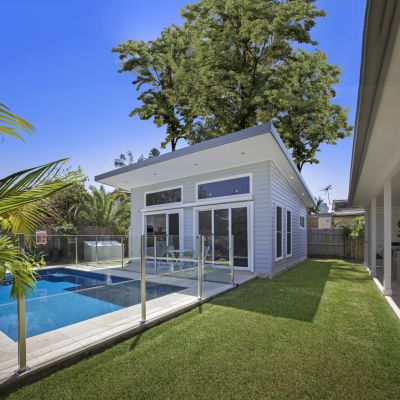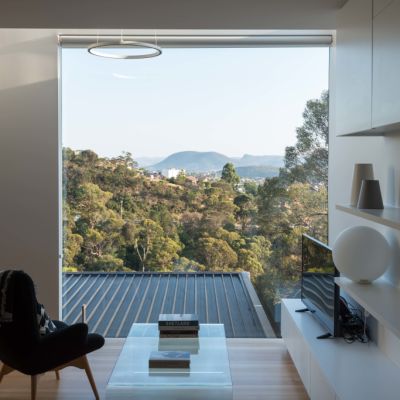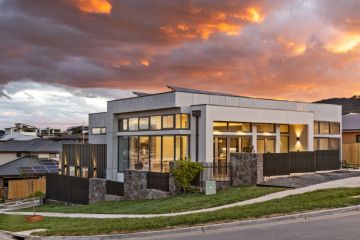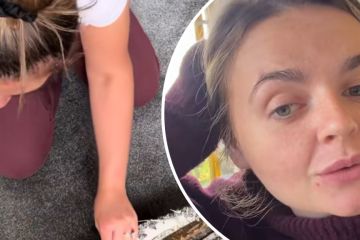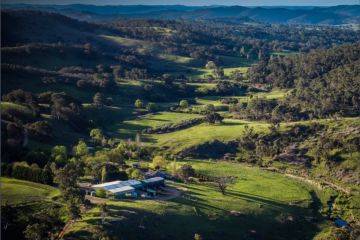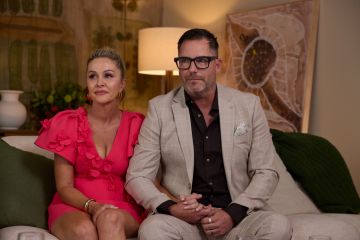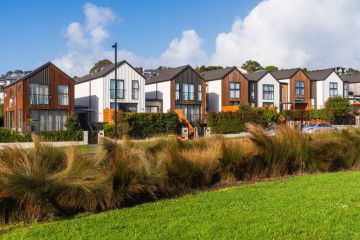Could the humble backyard granny flat help ease the rental crisis?
Walk into a newly built inner-city granny flat, and the first things you notice are the beautiful light, the stylish design and the incredible sense of space for such a small footprint.
This, says Hannes McNamara of MUSK Architecture Studio, is the future of subtly increasing density in built-up areas to provide more room for families, extra accommodation for teenagers, elderly relatives and visiting guests, rentals for tenants or an additional rental income for home-owners.
“It was originally an old 1960s garage fronting the street, and we demolished that and replaced it with the granny flat,” McNamara says of the new building to the side of the existing two-storey house, nicknamed “Echidna Studio” and named a finalist in the annual national ArchiTeam awards.
“It’s one-and-a-half storeys with a raked ceiling, a workspace downstairs, and loft-sleeping upstairs. Now, with the new planning guidelines set to come to Victoria, we’ll see this happening more and more.”
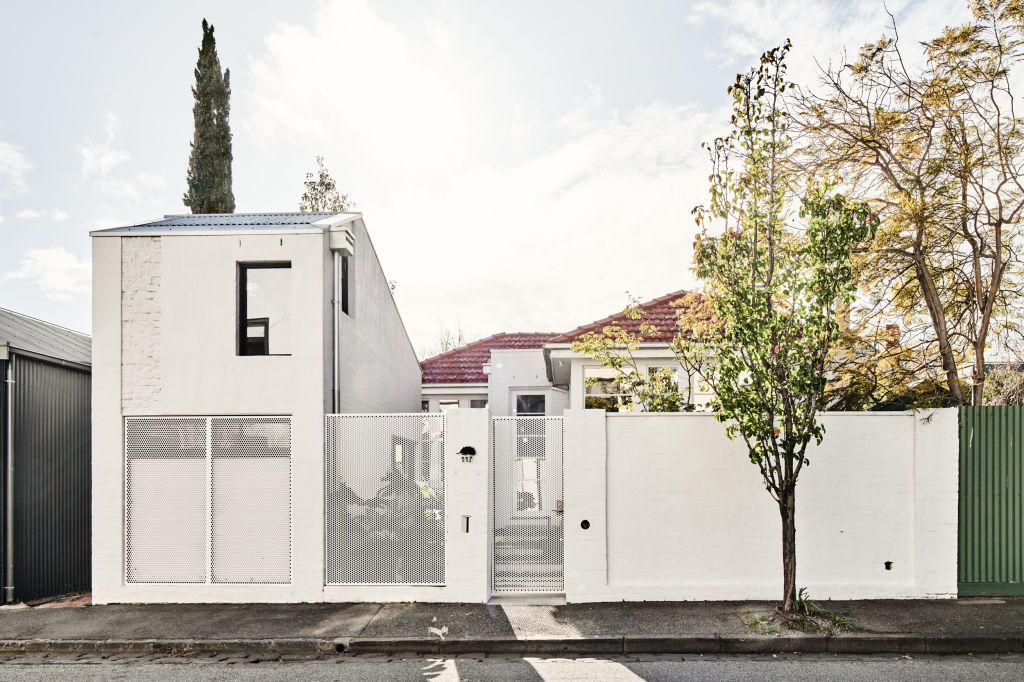
While this granny flat, built in collaboration with Session Architecture, has just been finished in Melbourne’s blue-chip beachside suburb of Middle Park, it’s likely to be duplicated many times over as Victorian politicians discuss lifting the planning restrictions on these types of developments. It’s happened recently in Queensland, too. At the same time, the fast-tracking process introduced in NSW under the SEPP [State Environmental Planning Policy] 2021 has already made secondary dwellings a popular feature of Sydney neighbourhoods.
Yet today, with housing unaffordability at critical levels, higher interest rates, an increasing cost of living, and a desperate shortage of rental accommodation, granny flats are becoming increasingly popular nationwide.
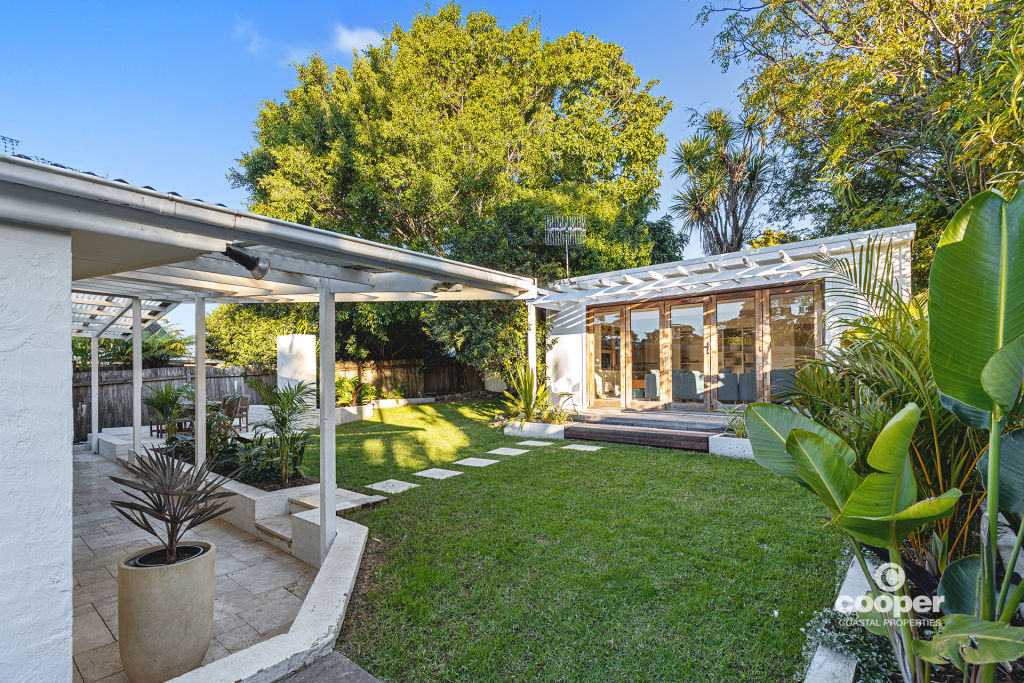
Alex Mitchell, managing director of Backyard Grannys, which has been building them in NSW for 12 years, reports he’s never seen them so sought-after. “I think as they’ve become more known about, and as a response to the housing crisis, there’s been a huge rise in interest in them,” he says.
“COVID changed everything too, with people wanting more room and wanting to look after aged relatives rather than seeing them put into care. Then, with affordability such a big issue, it’s a good solution for kids coming back home while they save up a deposit to buy, while investors also use them to add value to an existing home and increase yields.”
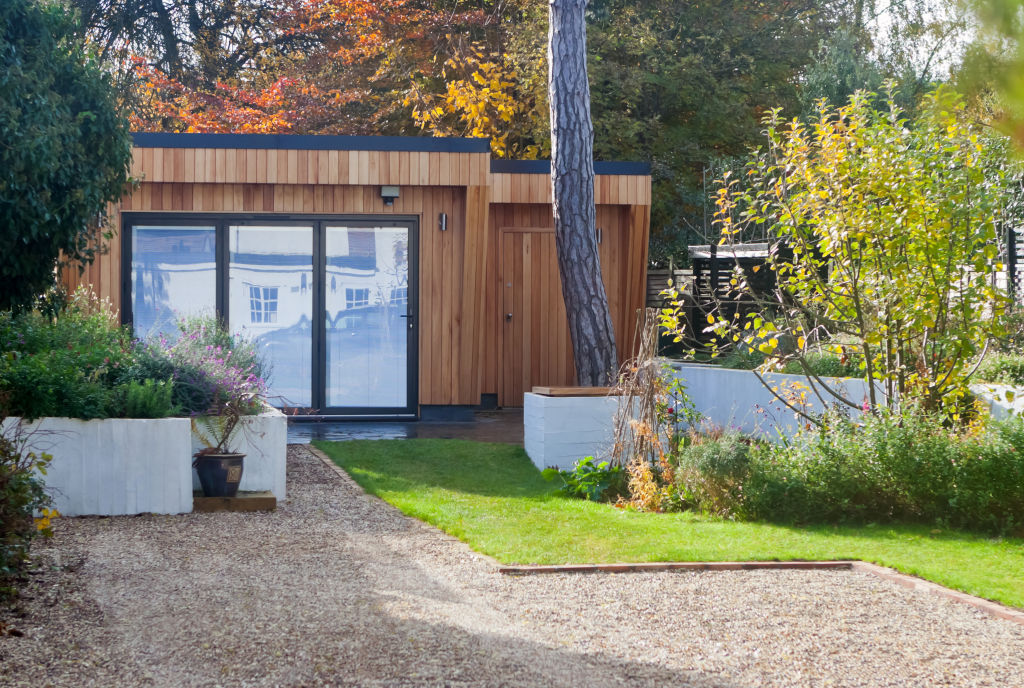
New research has found there’s enormous potential for granny flats to be developed across the nation, with more than 655,000 sites identified that could be suitable in Sydney, Melbourne and Brisbane alone.
National town planning research platform Archistar, together with lender Blackfort and CoreLogic, found 242,000 opportunities in Sydney – representing 17.6 per cent of the housing stock – with most of those in the northern beaches, Hornsby, Blacktown and Ku-Ring-Gai.
In Melbourne, it earmarked almost 230,000 sites, or 13.2 per cent of the housing stock, concentrated around the Mornington Peninsula, Casey, Monash, Knox and Manningham.
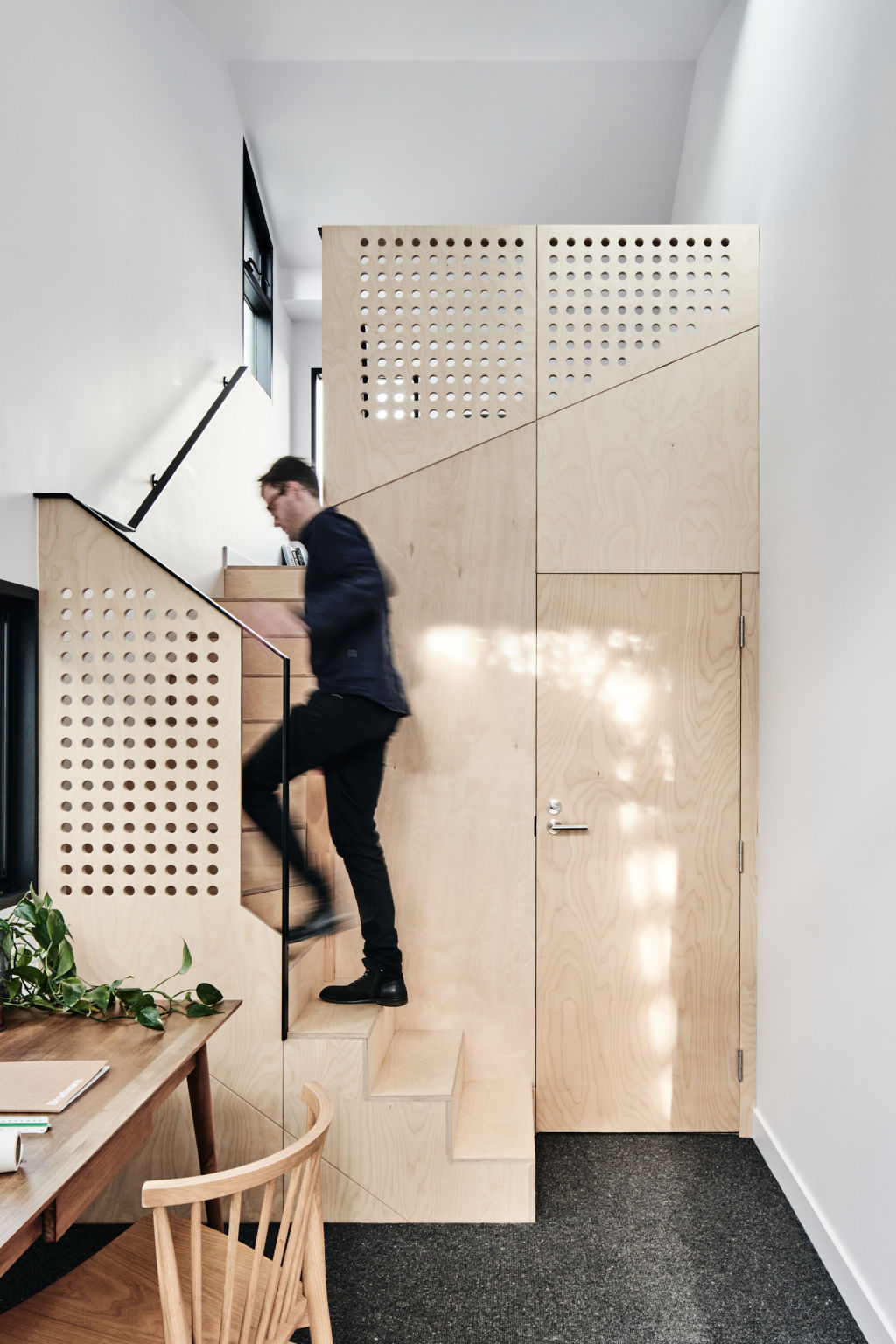
Archistar chief executive Dr Benjamin Coorey says, “We don’t see it as the total solution to the housing crisis, but it is an opportunity that a lot of residents and home-owners have in their backyards when a lot of them perhaps weren’t aware of that potential. We found that 30 per cent of those sites were close to train stations and hospitals, too, so it is an interesting possibility.
“There are lots of options now for building granny flats, with prefabricated models, architects designing them or with off-the-shelf solutions.”
Costs vary according to that solution. One-bedroom granny flats start from $180,000 with Backyard Grannys and can go up, according to size and the amenities provided, to beyond $300,000. DIY Granny Flat can provide kits of the materials needed from about $22,000 for a simple model for a backyard office without a bathroom or kitchen, with labour extra.
“I write a blog about granny flats, and I usually get 500 people a day looking at it,” says CEO Dean Roller. “But over the last two weeks, I’ve never seen anything like the number of inquiries we’re now receiving from Victoria with the new, easier planning guidelines being discussed.
“So many people are now considering them, from everywhere in Australia.”
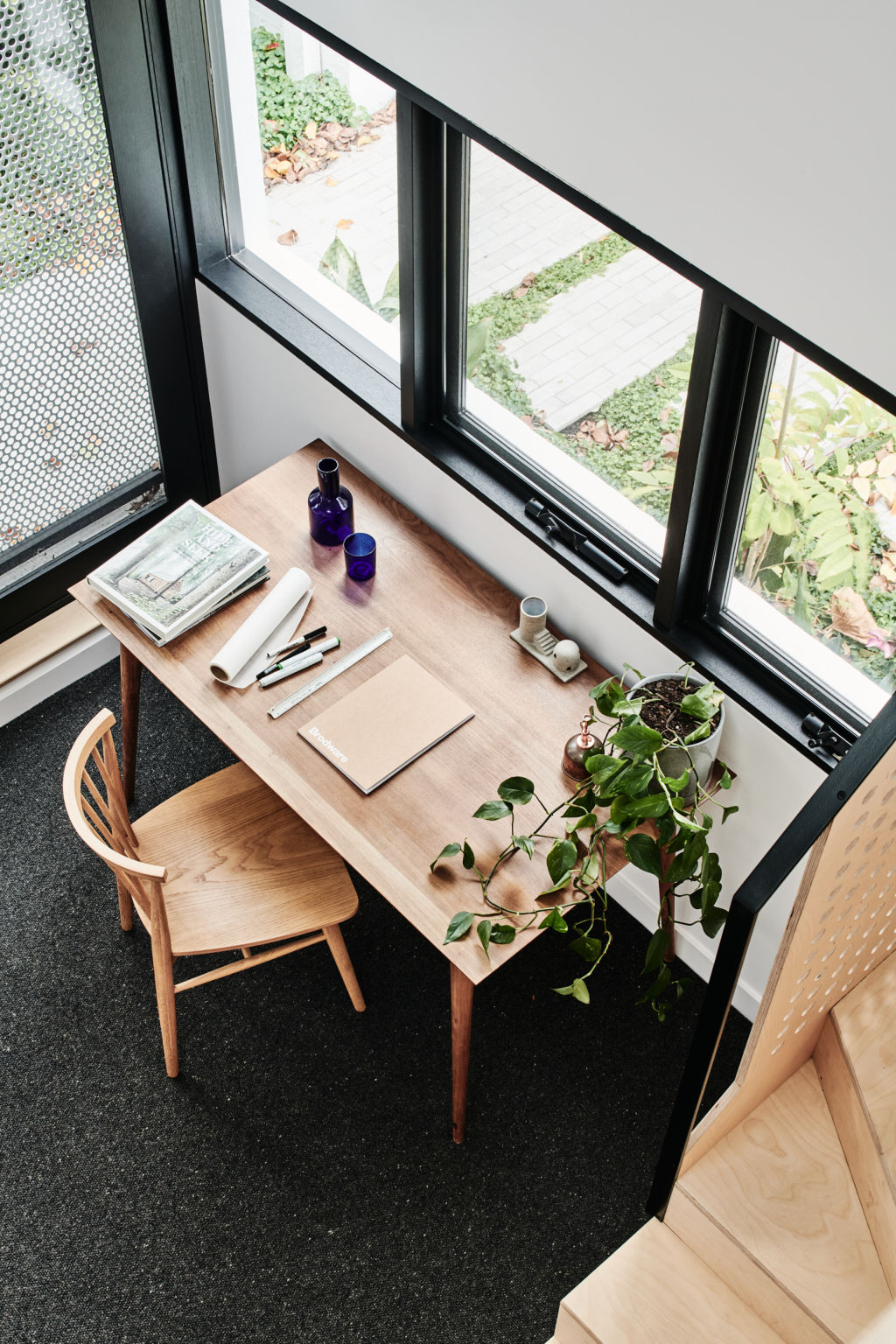
Those who’ve taken the plunge are often amazed by how much difference they make to their lives. The owner of that Echidna Studio in Middle Park, economist Karen, 58, who doesn’t want her surname used, says she couldn’t be more thrilled.
While it ended up costing her around $250,000, with construction costs ballooning over COVID, she believes it’s probably increased the value of her home next door by much, much more. “I’m transitioning from full-time work to part-time, so I really wanted a space separate from the house to work,” she said.
“And it’s a beautiful space that’s incredibly functional and aesthetically matches the house so well, it almost looks as if it’s a part of it. It’s also a place where my daughters could come and stay, or grandchildren eventually or friends. We need to get more housing stock into the market, and this is a good way to do that.”
We recommend
We thought you might like
States
Capital Cities
Capital Cities - Rentals
Popular Areas
Allhomes
More
